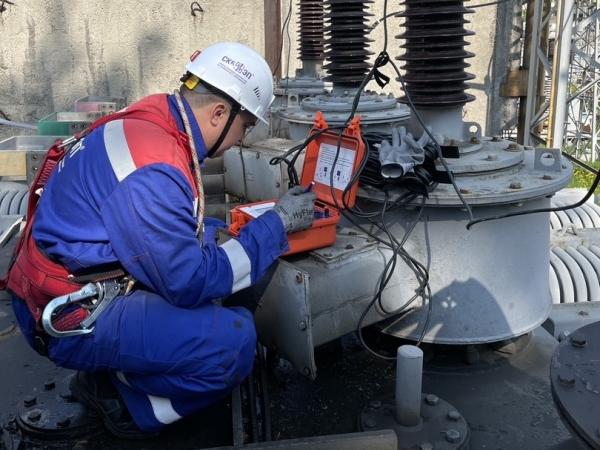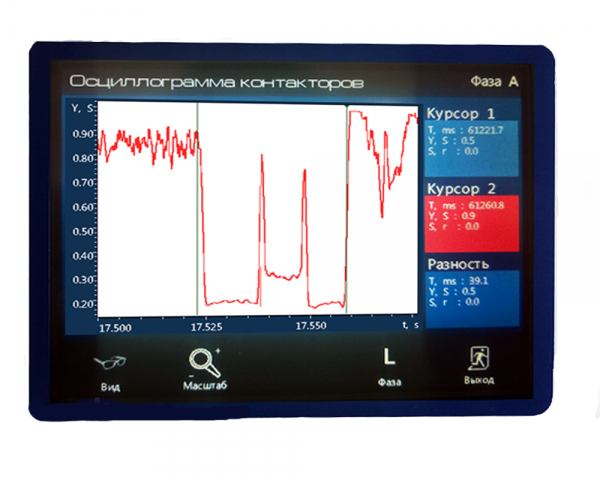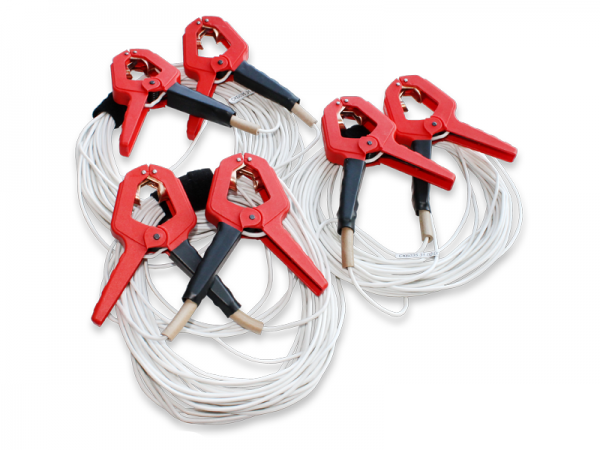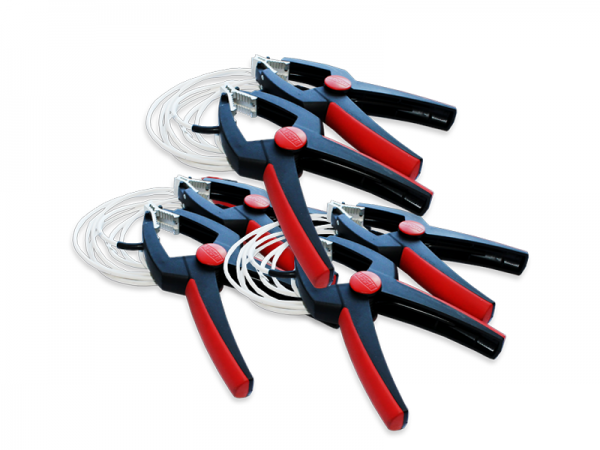Why is it important to short-circuit the secondary windings when diagnosing OLTC?
Special attention must be paid to checking the technical condition of the OLTC when diagnosing a power transformer. This mechanism allows you to regulate the voltage under load, it is an important and technologically complex unit that requires regular attention and monitoring.
Standard diagnostics of OLTC devices is a very difficult, labor-intensive and rare process that requires special knowledge and qualifications from specialists. To simplify the OLTCs diagnostic, the SKB EP company has implemented the DRM mode in some of its instrument, which allows for non-demountable diagnostics of resistor OLTC devices without taking the contactor tank cover off.
The DRM mode is implemented in a specialized instrument for diagnosing OLTC devices – PKR-2M, as well as in MIKO-8M(A) and MIKO-9A milli-ohmmeters.
The DRM mode in milli-ohmmeters makes possible to carry out one more test with the direct purpose of the devices: measuring winding resistance. In PKR-2M DRM test acts as an additional test to assessing the condition of the contactor and check the sequence of its operation before demountable diagnostics on registration of circular diagrams and oscillography. In addition, in the PKR-2M instrument, the DRM mode’s diagram is close to the diagram taking in “demountable” diagnostics look, which is more understandable for specialists.
Operation in this mode has its own characteristics – you need to short-circuit the LV windings of the transformer. It is important to pay attention to this moment, because in case of incorrect operation results could be inaccurate. There are several reasons to short-circuit the secondary windings:
- to have a protection against EMF of self-induction in the secondary winding, which can affect the accuracy of measurements, as well as be dangerous for operating personnel, insulation of the secondary winding, instruments, relays and protection terminals;
- the voltage at the open ends of this winding can increase and be dangerous to personnel and equipment;
- when the LV winding is short-circuited, graphs are obtained with more visual current drops, which makes DRM a more accurate and sensitive diagnostic method.
Special short-circuit cables are available with all listed instruments. The standard complete set of the PKR-2M has a set of short-circuit cables (3 pcs), each 12m long, there are two crocodile clips with jaw up to 50 mm
The additional complete set (on request) for milli-ohmmeters MIKO-8M(A) and MIKO-9A, there is also a special set of short-circuit cables (3 pcs), each 3m long, with crocodile clips jaw up to 80 mm.
Note: there is no need to short-circuit the secondary windings when measuring ohmic resistance with MIKO-8M(A) and MIKO-9A instruments – otherwise the measuring current of the instruments will take more time to stabilize, which will lead to a longer process of measuring resistance.
Working with measuring instruments of resistor OLTC devices in the non-demountable diagnostics (DRM mode) – short-circuiting the secondary windings is a compulsory step, because there is a risk of getting inaccurate results, or putting the lives of personnel in danger.
If you have any questions about using our instruments or need help choosing equipment, our specialists will be glad to give you some advises. You can contact us by email skb@skbep.com or by phone +7 (812) 500-25-48. We will be happy to help!

 Русский
Русский
 Français
Français
 Chinese
Chinese





